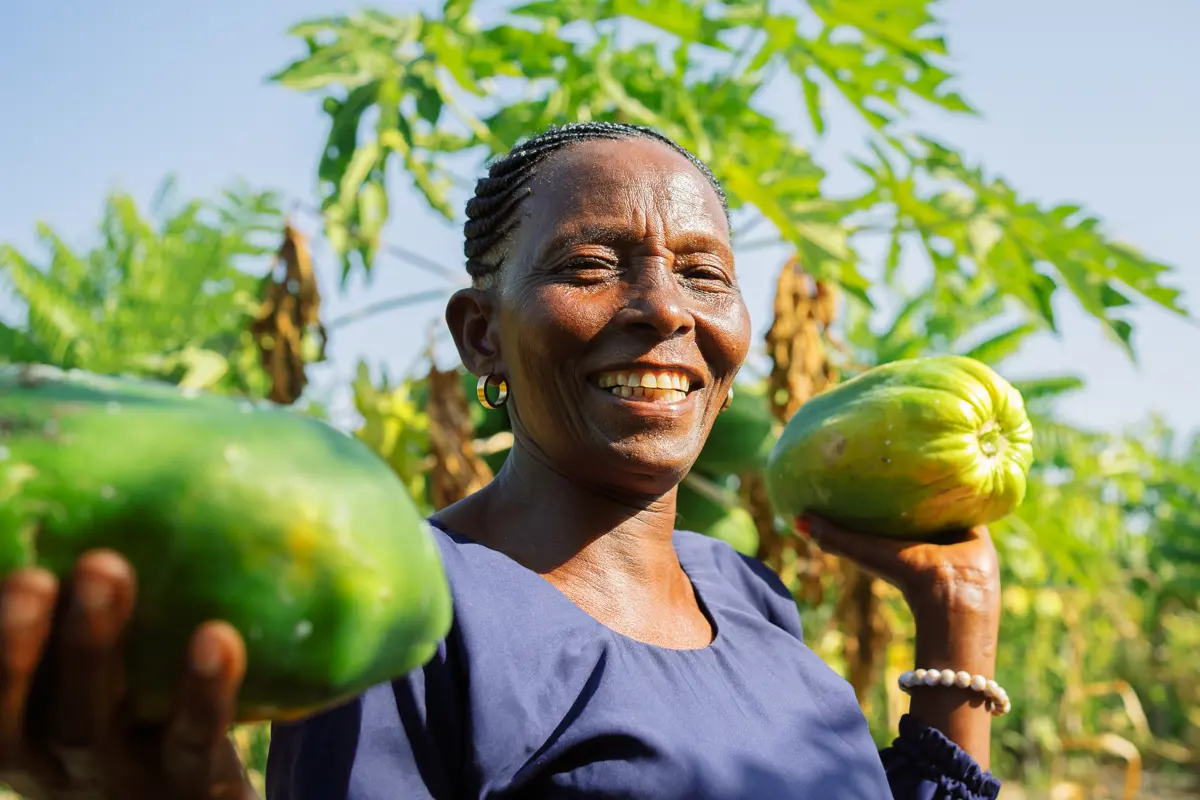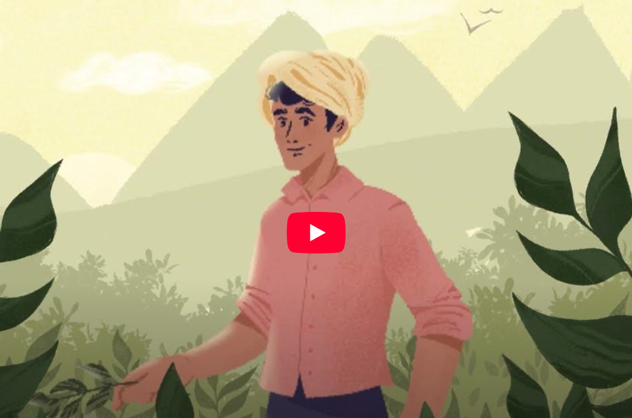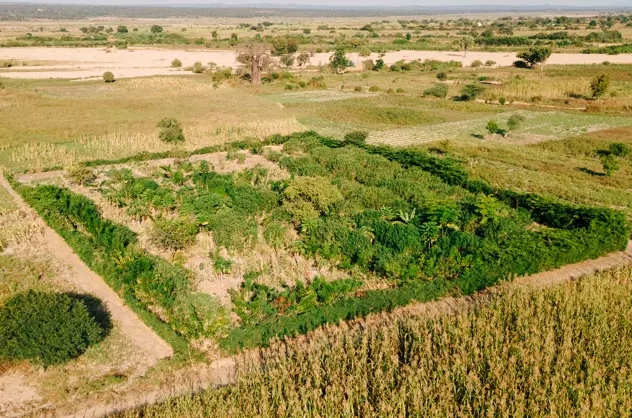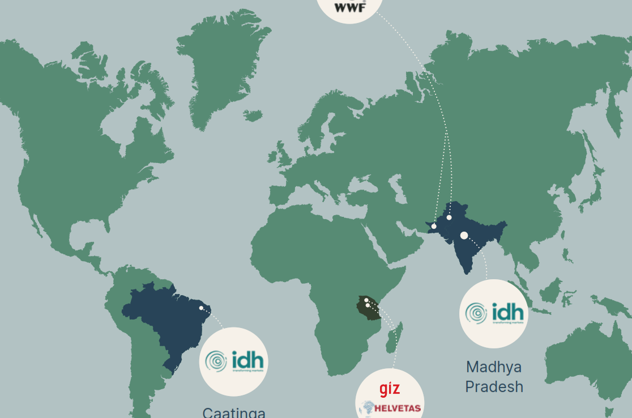Regenerative Production Landscape Collaboratives

Scaling sustainable, resilient agricultural models
The Regenerative Production Landscape Collaborative (RPLC) is a model for sustainable agricultural systems. It aims to strengthen agricultural systems that conserve and enhance natural resources, build community resilience to climate change and secure long-term supply of agro-commodities. The collaborative’s goal is to convert 50 million hectares of land into regenerative production landscapes by 2035.
Supported by Laudes Foundation, RPLC builds on previous organic cotton efforts, recognising the need for systemic shifts in sourcing practices to drive large-scale sustainability. Through this work, it became evident that change couldn’t be achieved through isolated projects alone. Rather, taking an integrated view of climate, nature, economic and social impact was needed.
With this in mind, RPLC aims to scale a model where

-
Producers grow agri-commodities using regenerative farming principles that restore and conserve ecosystems
-
 Smallholder farmers and communities thrive through improved economic stability, enhanced livelihoods and greater participation in decision-making
Smallholder farmers and communities thrive through improved economic stability, enhanced livelihoods and greater participation in decision-making -
Businesses secure long-term, resilient supply chains, whilst sourcing sustainably and responsibly
What are regenerative production landscapes?
Regenerative agriculture is a specific practice within this broader concept, focused on sustainable farming techniques like crop rotation, no-till farming, and holistic grazing. While regenerative agriculture works to improve soil health and biodiversity through farming, regenerative production landscapes encompass a wider range of land uses, including regenerative agriculture and integrating multiple strategies for ecosystem restoration across entire landscapes. Both share a commitment to sustainability and environmental regeneration.
Watch to learn more about RPLCs
How do they help?
RPLC adopts a multi-stakeholder governance model that brings together local communities, farmers, governments, businesses and NGOs to govern a landscape and drive market transformation. These stakeholders align on the distinct challenges of each ecosystem and collaborate to identify and address systemic issues with targeted, regional solutions. This focuses on a more holistic approach to land management that focuses on creating long-term value for all stakeholders across the supply chain.

What are they delivering?
Prioritising long-term ecosystem health, RPLC focuses on six impact areas:
-
Restoring and revitalising soil health
-
Improving smallholder farmer incomes
-
Reducing greenhouse gas emissions
-
Improving access to, and management of, water
-
Preserving and enhancing biodiversity
-
Improving gender equity
These impact areas contribute to five UN Sustainable Development Goals: No Poverty, Good Health and Wellbeing, Gender Equality, Climate Action, and Life on Land.

Where do they operate?
RPLC is currently operational in Brazil, India, Pakistan and Tanzania and is managed by a network of convenors.
The collaborative has initially focused on cotton, with the aim to scale crops, sectors and regions.

Join the movement
Efforts are underway to mobilise capital and support the scale of RPLC. We are inviting like-minded partners to join us in scaling regenerative and restorative production practices.
Reach out to us directly if you’d like to discuss how we can collaborate.
Contact: Litul Baruah, Senior Programme Manager, Fashion